Sinus surgery has seen remarkable advancements in recent years, driven by technological innovations and research from leading institutions. Here are some significant developments:

Balloon Sinuplasty
Balloon sinuplasty is a minimally invasive procedure that has revolutionized sinus surgery. Introduced in the early 2000s, it involves inserting a small balloon catheter into the sinus passage and inflating it to widen the sinus openings. This technique reduces recovery time and discomfort compared to traditional sinus surgery.
According to a study published in the American Journal of Rhinology & Allergy, patients who underwent balloon sinuplasty reported significant improvements in symptoms and quality of life.
Image-Guided Surgery
Image-guided surgery (IGS) utilizes advanced imaging technologies such as CT scans and MRIs to provide real-time navigation during sinus surgery. This technology enhances the precision of the procedure, reducing the risk of complications and improving outcomes.
Endoscopic Sinus Surgery
Endoscopic sinus surgery involves using a thin, flexible tube with a camera (endoscope) to visualize the sinuses during surgery. This method allows for more precise removal of obstructions and diseased tissue while preserving healthy tissue. Johns Hopkins Medicine has conducted extensive research on endoscopic sinus surgery, demonstrating its effectiveness in treating chronic sinusitis and improving patient outcomes.
Read more: https://www.hopkinsmedicine.org/health/treatment-tests-and-therapies/endoscopic-sinus-surgery.
Drug-Eluting Stents
Drug-eluting stents are a recent advancement in postoperative care for sinus surgery patients. These stents release anti-inflammatory medications directly into the sinus cavities, reducing inflammation and promoting healing. A study by the Mayo Clinic found that patients who received drug-eluting stents had lower rates of postoperative complications and faster recovery times compared to those who did not.
Robotic Surgery
Robotic-assisted sinus surgery is an emerging field that offers increased precision and control during complex procedures. Surgeons at the Cleveland Clinic have been exploring the use of robotic systems for sinus surgeries, particularly for removing tumors and addressing intricate sinus anatomy. Robotic surgery allows for more delicate and precise movements, leading to better outcomes for patients.
Research and Clinical Trials
Ongoing research and clinical trials continue to drive advancements in sinus surgery. The National Institutes of Health (NIH) has funded numerous studies exploring new techniques and technologies in sinus surgery. Recent trials have focused on improving the effectiveness of balloon sinuplasty, enhancing the precision of image-guided surgery, and developing new drug-eluting stents.
Patient Outcomes and Satisfaction
 Studies have consistently shown that advancements in sinus surgery techniques lead to improved patient outcomes and satisfaction. For example, research conducted at Stanford University School of Medicine found that patients who underwent advanced sinus surgery techniques experienced significant reductions in symptoms and improved overall quality of life.
Studies have consistently shown that advancements in sinus surgery techniques lead to improved patient outcomes and satisfaction. For example, research conducted at Stanford University School of Medicine found that patients who underwent advanced sinus surgery techniques experienced significant reductions in symptoms and improved overall quality of life.
Advances in Sinus Surgery: Conclusion
Advances in sinus surgery, including balloon sinuplasty, image-guided surgery, endoscopic techniques, drug-eluting stents, and robotic assistance, have significantly improved the management of sinus conditions. These innovations, supported by research from leading institutions, offer patients better outcomes, faster recovery times, and enhanced quality of life.
For expert sinus surgery and comprehensive ENT care, contact Dr. Michael Burnett at Ear, Nose & Throat of New York. Our dedicated team is here to provide the latest advancements in sinus surgery.
Michael Burnett, MD
115 East 57th Street Suite 600
New York, NY 10022
212-867-4813
East Side NYC Location

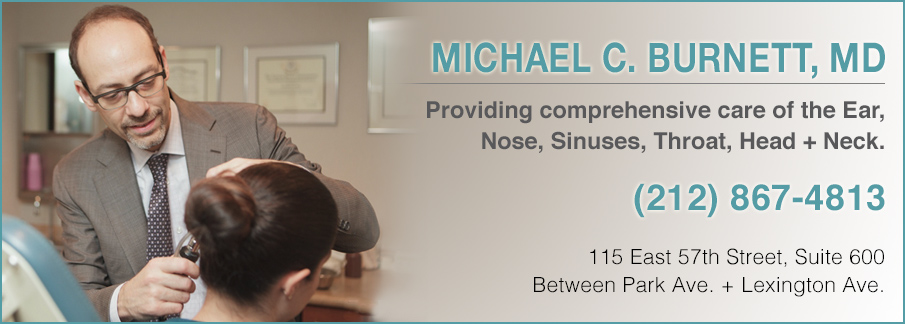
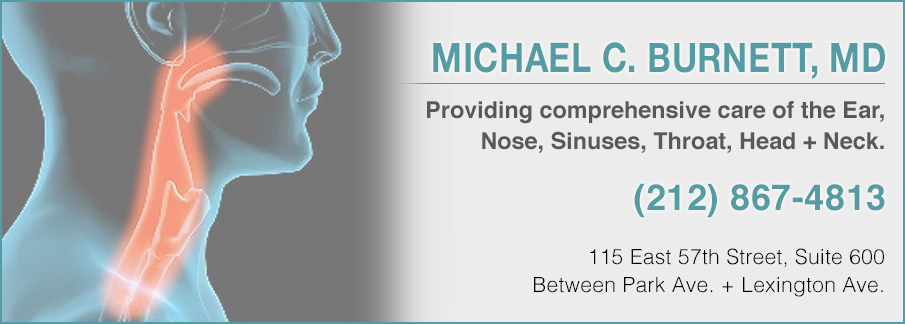
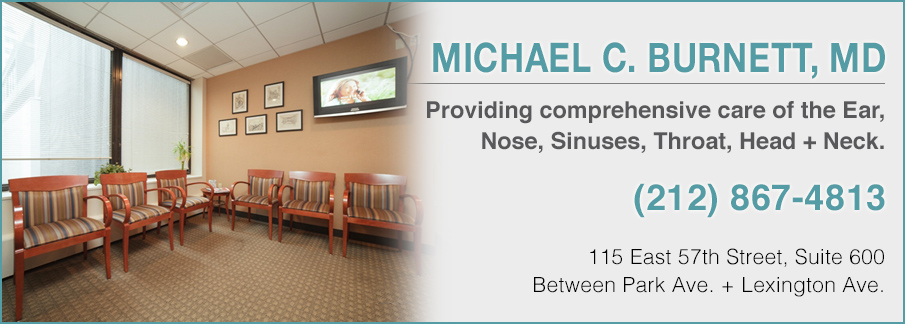
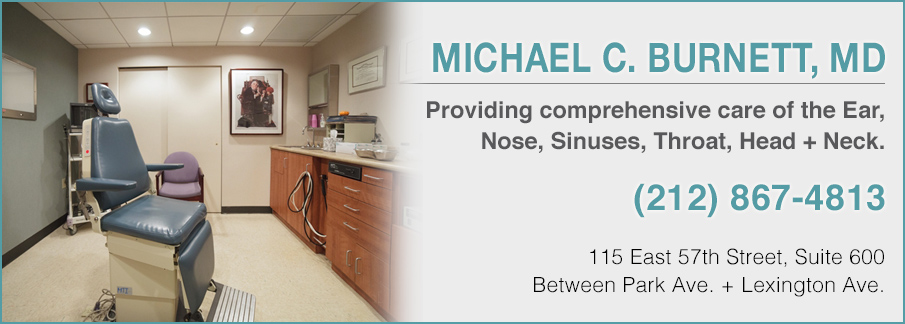
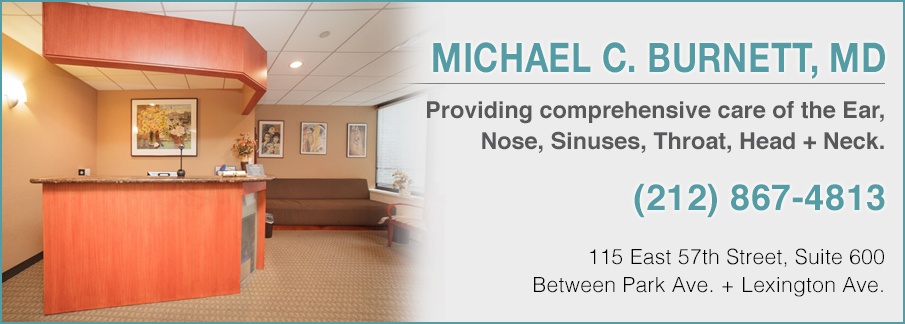

 Studies have consistently shown that advancements in sinus surgery techniques lead to improved patient outcomes and satisfaction. For example,
Studies have consistently shown that advancements in sinus surgery techniques lead to improved patient outcomes and satisfaction. For example,